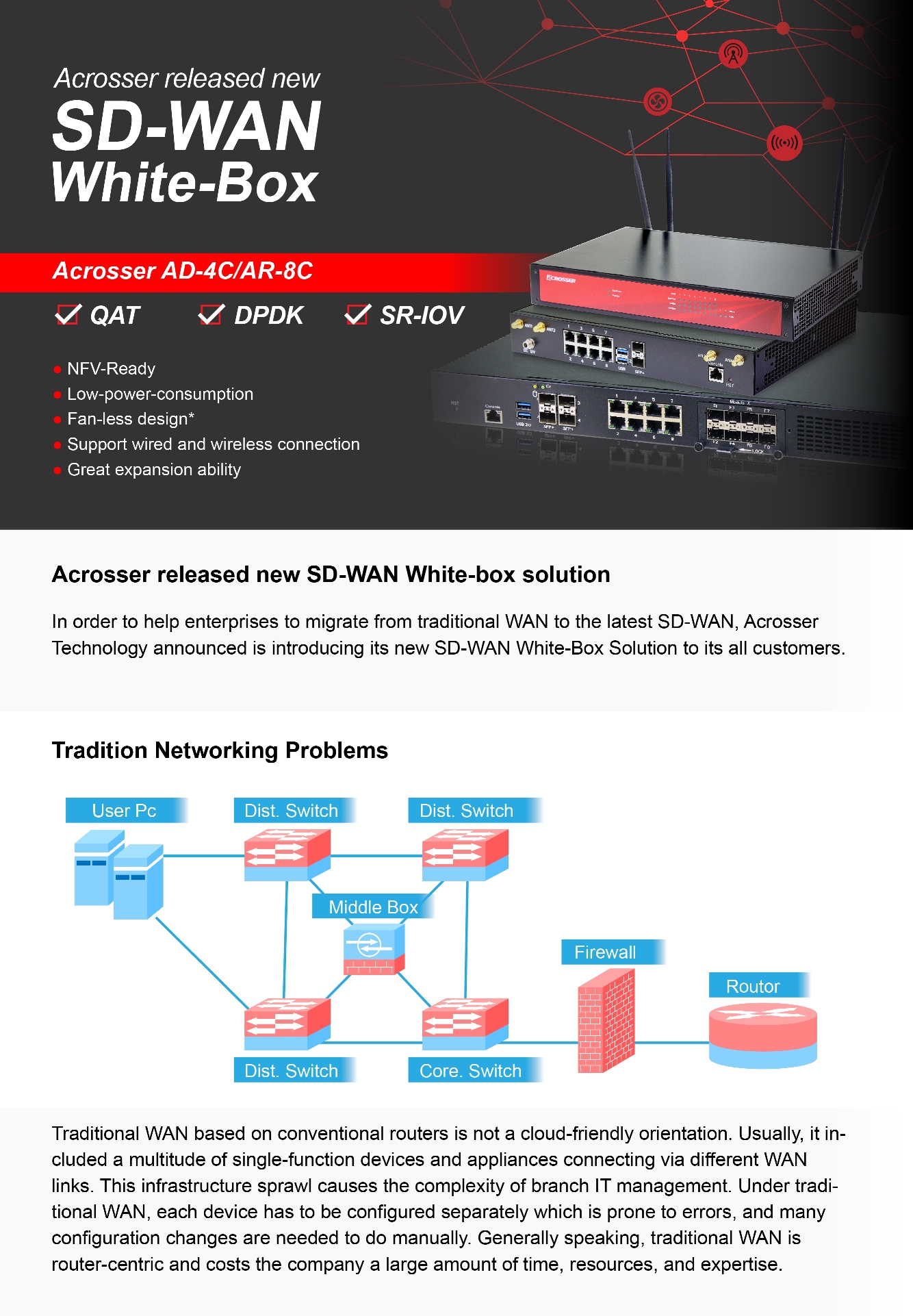

Software-Defined WAN, or SD-WAN for short, is at the leading edge of software-based networking deployments. SD-WAN offers significant business value for organizations with distributed branches in terms of business agility and the ability to leverage Internet bandwidth economics. Most important is SD-WAN can save money.
SD-WAN technologies are using administration software and broadband networking technologies to simplify the delivery of WAN services to branch offices or data centers. The software-based virtualization enables network abstraction that results in the simplification of network operations.
With its benefits of ubiquity, high bandwidth, and low cost, SD-WAN technologies not only enable business and IT managers to deploy Internet-based connectivity easily and quickly but also provide a wide range of benefits for distributed organizations, including:
1. Simplify branch office networks and improve business agility to create faster branch office networks with automated deployment and easy-to-setup tools, network services can be embedded in branch boundaries, clouds, or data centers. Otherwise, Rapid deployment of WAN services (such as bandwidth and firewall) to distributed branch operations without the need to send IT staff on-site.
2. Optimized cloud architecture SD-WAN reduces the backhaul penalties of traditional MPLS networks and leverages the Internet to provide secure, high-performance connections from the branch to the cloud. With SD-WAN, remote users will see significant improvements in their experience when using cloud/SaaS-based applications.
3. Saving cost. Internet connectivity (including cable, DSL, and Ethernet) is widely available, quick to deploy and a fraction of the cost of equivalent MPLS circuits. SD-WAN provides the benefits of reliable, secure WAN service at Internet price points.
Nowadays, SD-WAN is gaining popularity in the IT world, and Acrosser Technology is proving SD-WAN hardware solutions to all its customers. There are some recommended models:
1.ANR-C236N1
2.AND-DNV3N2
3.ANR-SKB2N1



